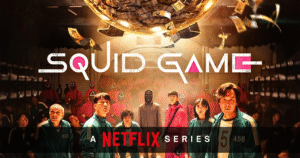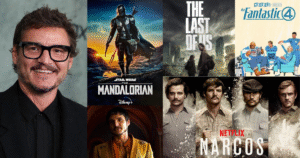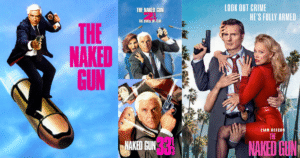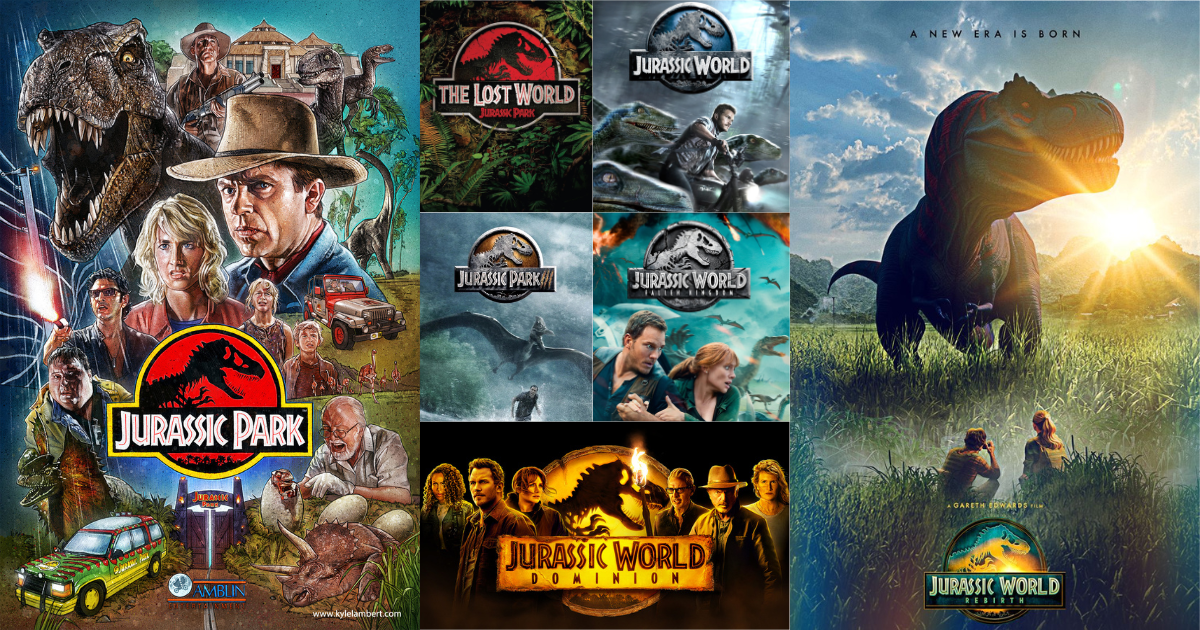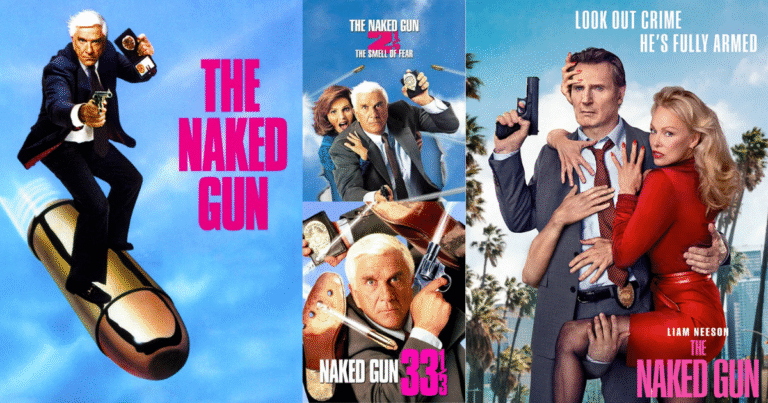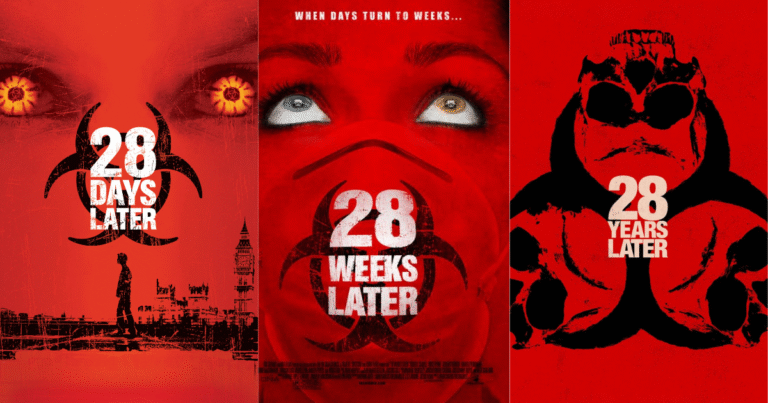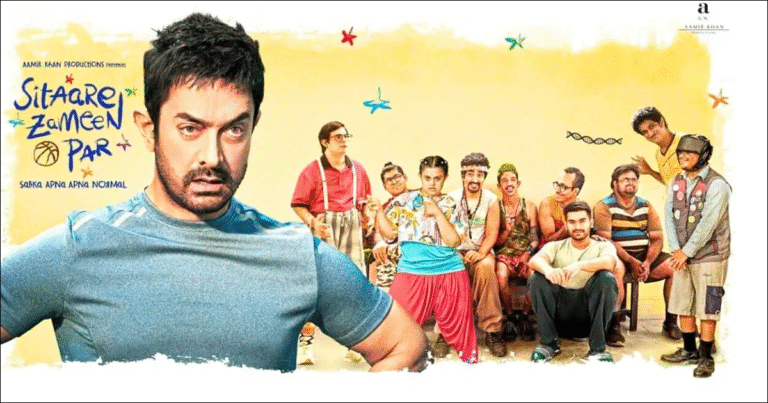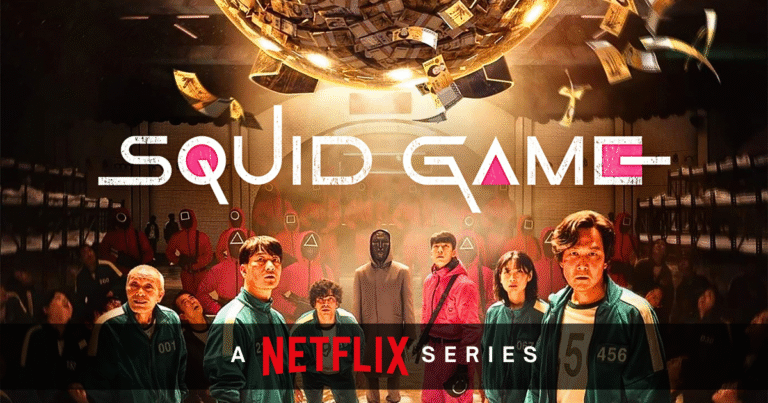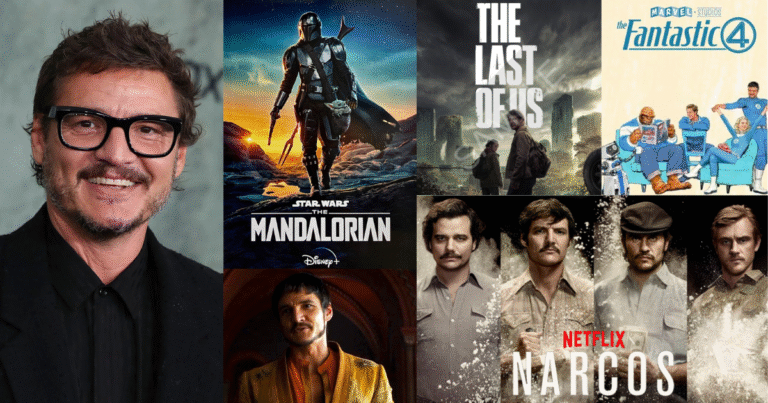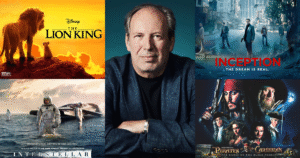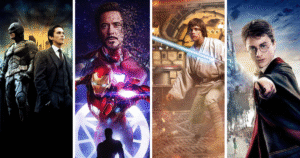If you hear a distant rumble, don’t worry, it’s just the lasting impact of Jurassic Park still shaking the world of movies. More than 30 years after Steven Spielberg’s 1993 classic first hit theaters, the Jurassic Park series continues to dominate fan conversations, streaming platforms, and the box office. But why does this dinosaur-packed franchise continue to matter?
Let’s break it down and explore how Jurassic Park became more than just a film, it became a cinematic landmark, a sci-fi revolution, and a multi-generational adventure that still feels as thrilling today as it did the first time.
It All Began with a Roar
Released in 1993, Jurassic Park was more than a movie, it was a moment. Spielberg took Michael Crichton’s bestselling novel and turned it into a jaw-dropping spectacle that redefined blockbuster filmmaking. The plot was deceptively simple: scientists cloned dinosaurs, opened a theme park, and chaos ensued. But what elevated the movie was its powerful blend of science fiction, horror, and awe.
The now-iconic T-Rex breakout scene, the gentle first encounter with a Brachiosaurus, and the clever Velociraptors in the kitchen, every sequence burned into our collective memory.
What made the first Jurassic Park so memorable wasn’t just the dinosaurs (though they were pretty spectacular), but the way the film balanced groundbreaking technology with genuine emotion and philosophical depth. The idea that just because we can do something doesn’t mean we should became one of cinema’s most powerful cautionary tales.
The Visual Effects Changed Everything
Before Jurassic Park, CGI was limited. Then came this movie and flipped the game. Using a mix of animatronics and early digital effects, Spielberg and his team brought extinct creatures to life in ways that felt astonishingly real. ILM (Industrial Light & Magic) created digital dinosaurs so convincing that even today’s viewers are impressed.
This blend of practical and digital effects is one reason the film has aged so well. Unlike many CGI-heavy movies that don’t hold up over time, Jurassic Park still looks solid, even on a 4K screen.
Sequels That Kept the Legacy Alive
Let’s be honest, the sequels had their ups and downs. The Lost World: Jurassic Park (1997) and Jurassic Park III (2001) leaned more into action than awe, but they still managed to expand the universe. And with Jurassic World (2015), the franchise roared back to life with a modern reboot.
Chris Pratt and Bryce Dallas Howard led a new cast into a shinier, more corporate version of the dinosaur park, and audiences ate it up. Despite mixed reviews, Jurassic World became one of the highest-grossing films of all time. It reminded us how hungry we still were for prehistoric thrills.
The sequels (Fallen Kingdom and Dominion) tried to push the boundaries by taking dinosaurs off the island and into the real world. While not as universally loved, these films still brought in massive crowds and helped keep the franchise relevant for a new generation.
A Fresh Chapter: Jurassic World Rebirth Arriving Next Month
Next month, fans will get a brand-new dose of dinosaur thrills with Jurassic World Rebirth, set to hit theaters on July 2, 2025, directed by Gareth Edwards and penned by original Jurassic Park writer David Koepp. The film introduces a new team led by Scarlett Johansson’s covert-ops expert Zora Bennett, alongside Mahershala Ali and Jonathan Bailey, as they track the DNA of massive land, sea, and air dinosaurs on a remote island once used for InGen research. Expect a mix of adrenaline-pumping heist action, survival suspense, and Spielberg-style wonder as the franchise kicks off what feels like a bold “rebirth” for the series .
Characters That Stick With You
Let’s not forget the humans. Dr. Alan Grant, Ellie Sattler, Ian Malcolm, these aren’t just scientists; they’re some of the most memorable characters in science fiction history. Jeff Goldblum’s dry wit and philosophical musings, Laura Dern’s intelligence and strength, and Sam Neill’s transformation from dino-skeptic to protector of children, all added heart to the spectacle.
Even in the Jurassic World era, characters like Owen and Claire brought fresh dynamics and gave kids (and adults) new heroes to root for.
The Franchise Touched Every Corner of Pop Culture
Jurassic Park didn’t just stay in theaters. It became a global brand. Toys, video games, theme park rides, LEGO sets, and even animated spin-offs like Camp Cretaceous kept the excitement going. John Williams’ unforgettable score became an anthem. The image of a T-Rex roaring as a banner floats down still gets reused in memes and fan art to this day.
What’s remarkable is how the series has remained relevant to kids and adults alike. It manages to be both thrilling and terrifying, scientific and emotional, nostalgic and modern, all at once.
Why Jurassic Park Still Matters Today
In a time when franchises come and go, Jurassic Park continues to feel essential. It’s not just about dinosaurs (though that’s a big part). It’s about the tension between science and ethics, nature and control, innovation and hubris. And yes, it’s about the childlike joy of seeing a Triceratops breathe.
The series taps into our deepest fascinations, what if we could bring back the past? What would that mean for our future? These questions remain as intriguing today as they were in 1993.
Final Thoughts: A Franchise That Refuses to Go Extinct
Even with all its sequels, reboots, and spin-offs, Jurassic Park remains rooted in something timeless: wonder. It’s a rare kind of movie that made science thrilling, danger entertaining, and dinosaurs cool again for every generation that followed.
As long as there are movie lovers who want to escape into a world where science meets spectacle, Jurassic Park will never go extinct.
And let’s face it, hearing that iconic T-Rex roar never gets old.
Notable Mentions
While the main films get all the attention, don’t miss the animated series Jurassic World: Camp Cretaceous on Netflix. It’s surprisingly well-written and adds more depth to the franchise. Also worth checking out are behind-the-scenes documentaries on how the original film was made, they give insight into the innovation that changed cinema forever.
